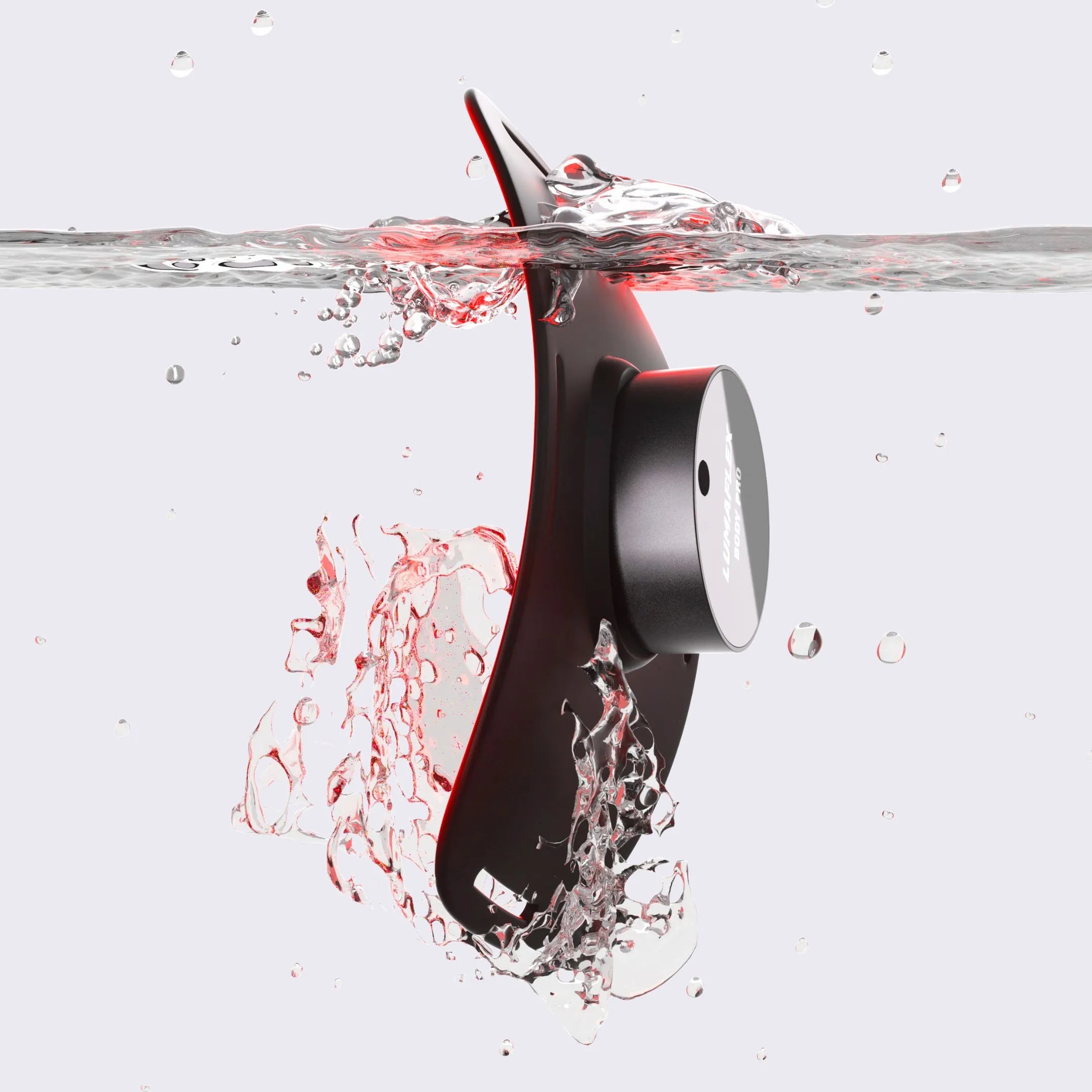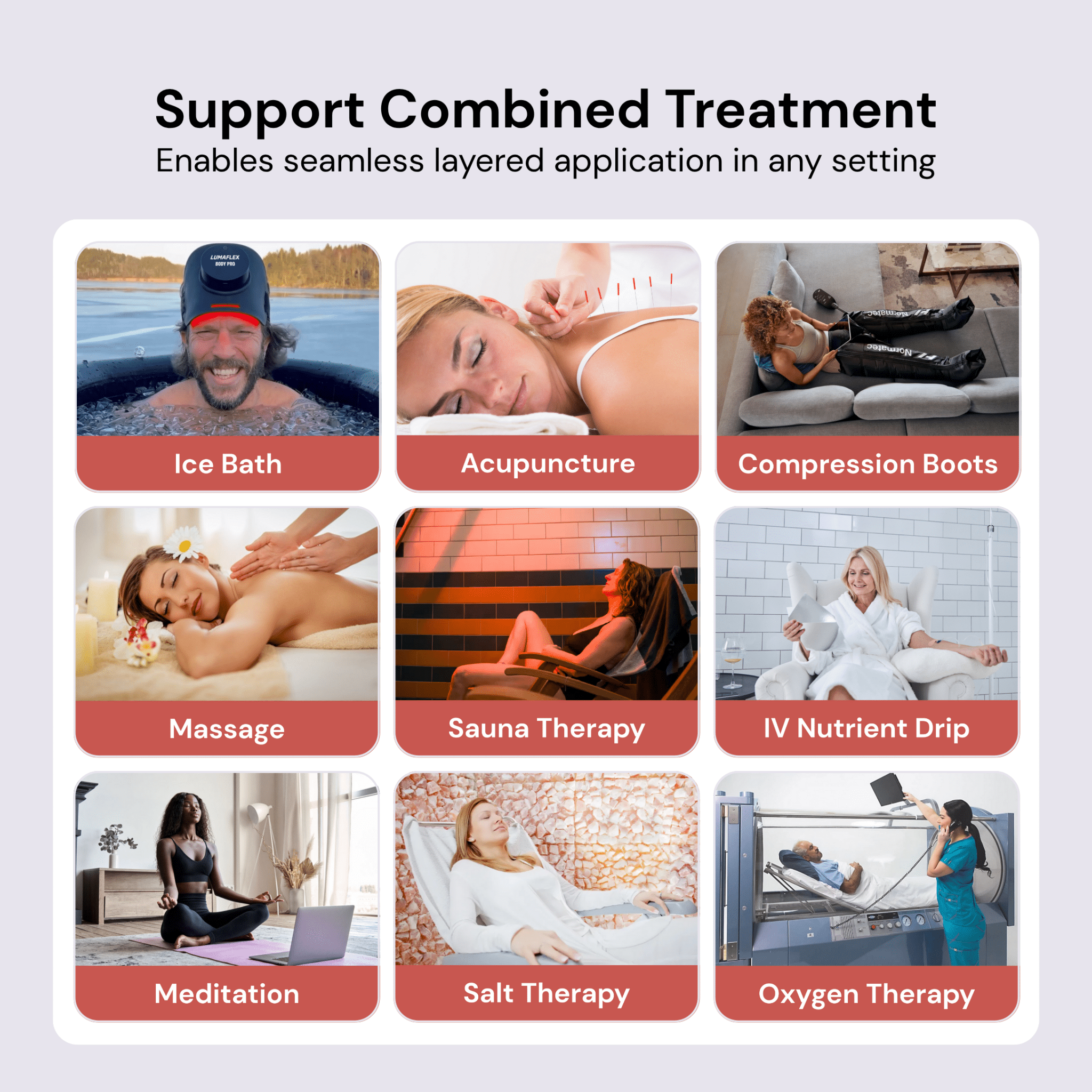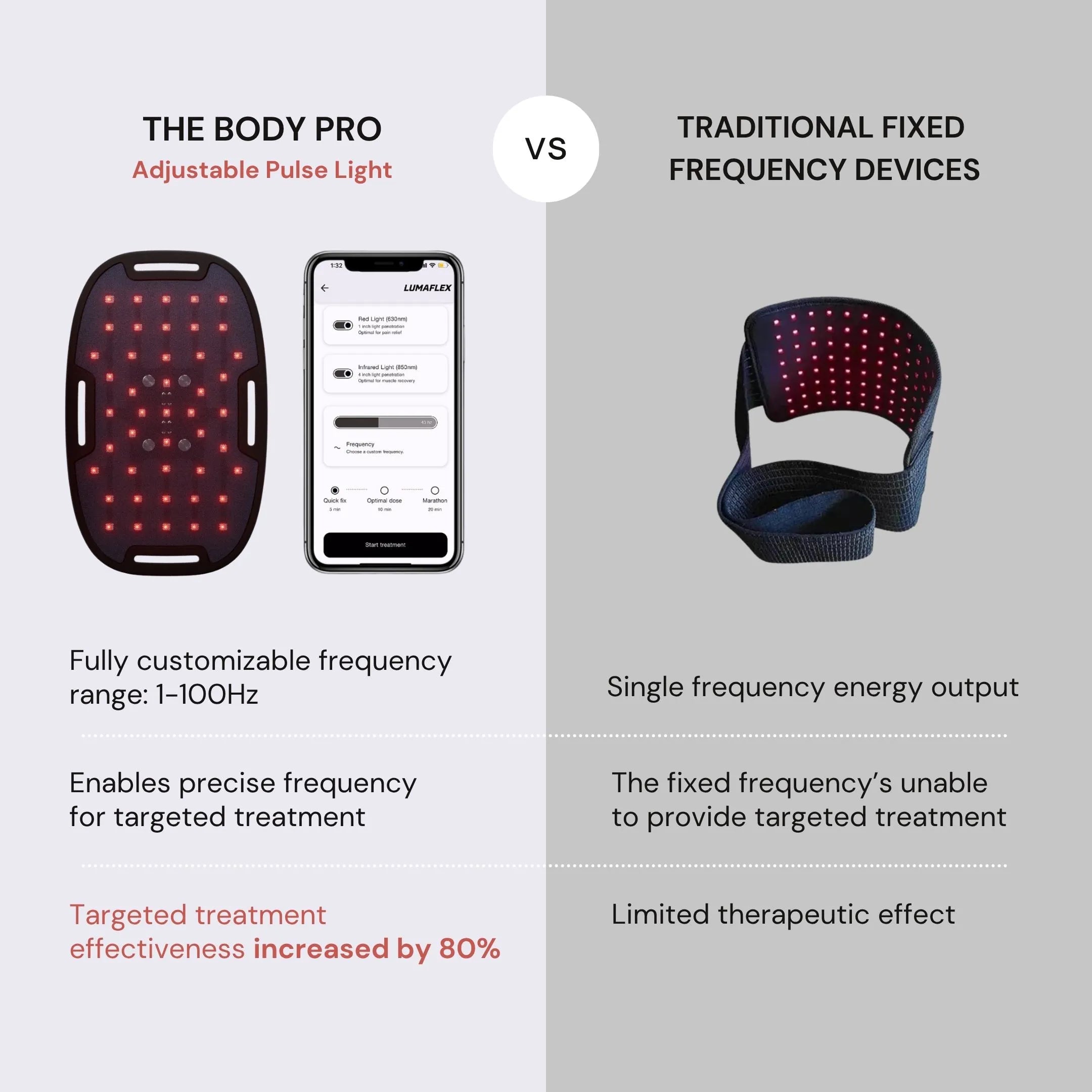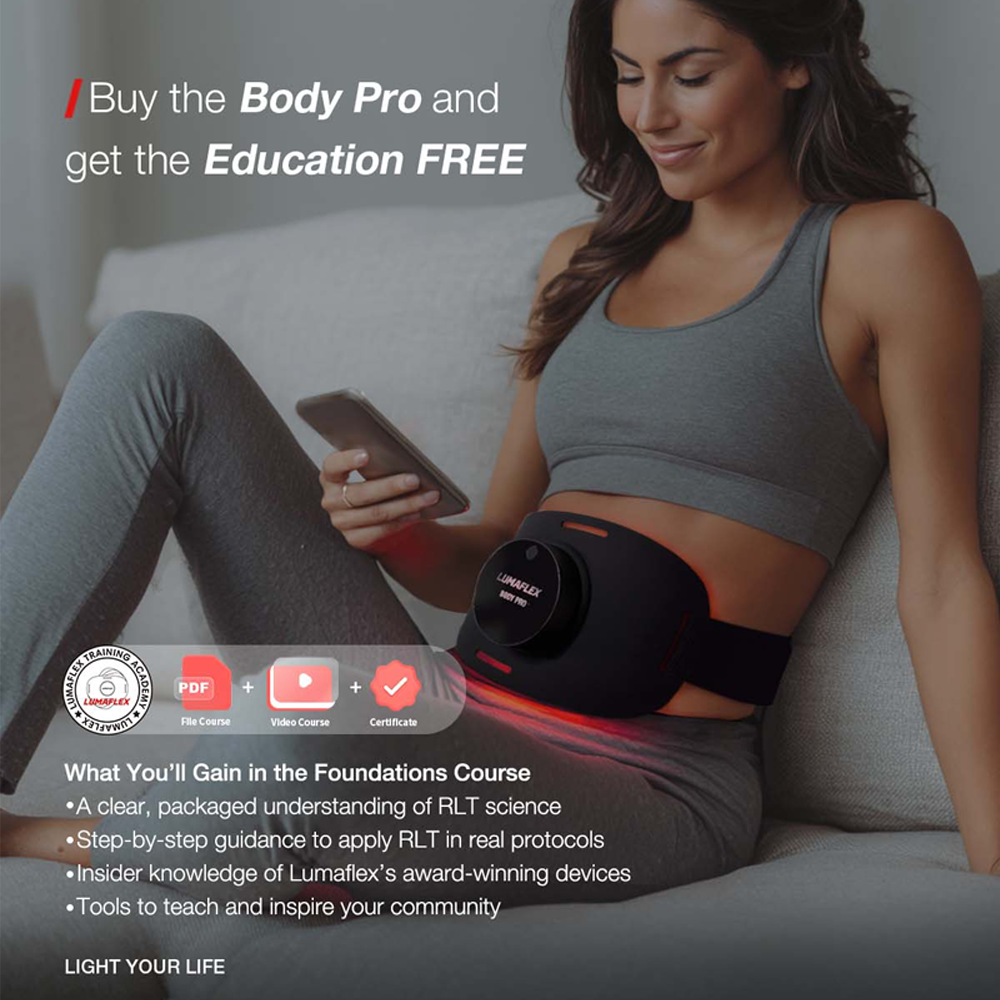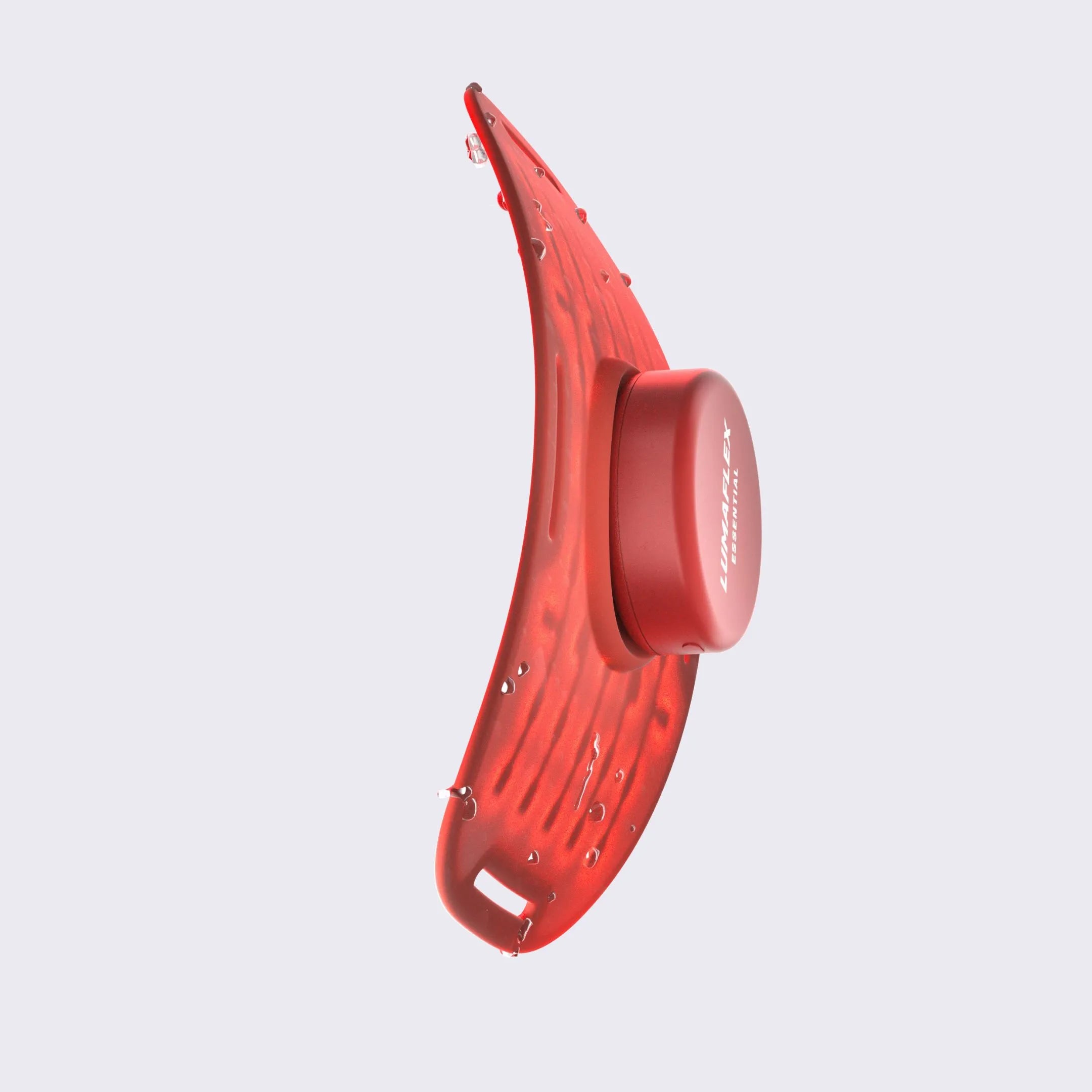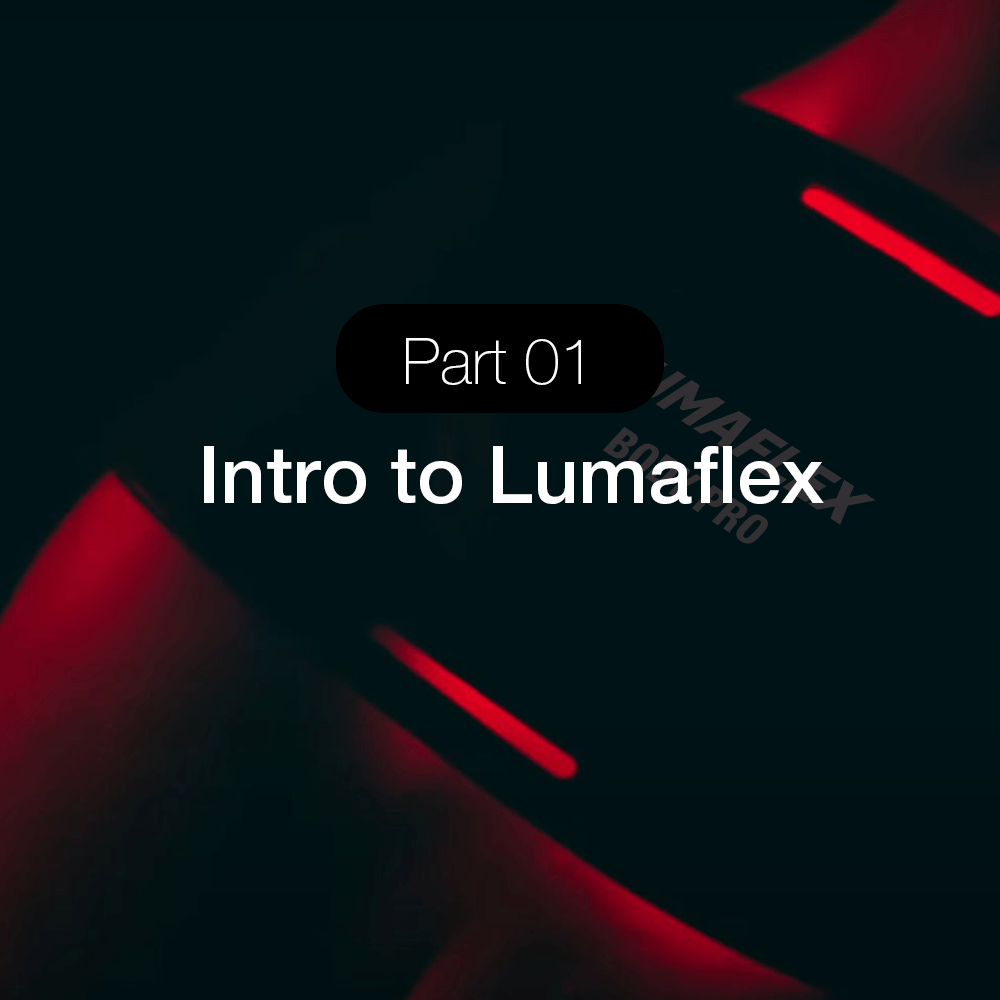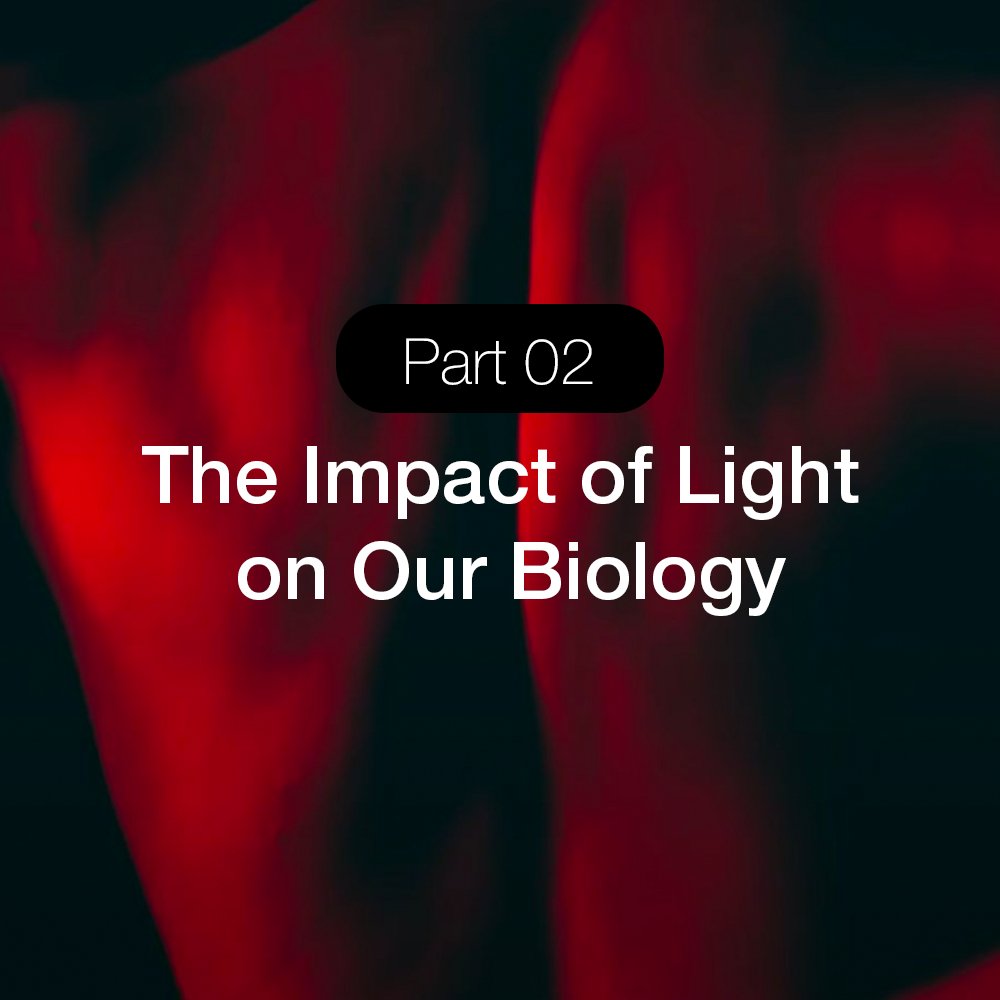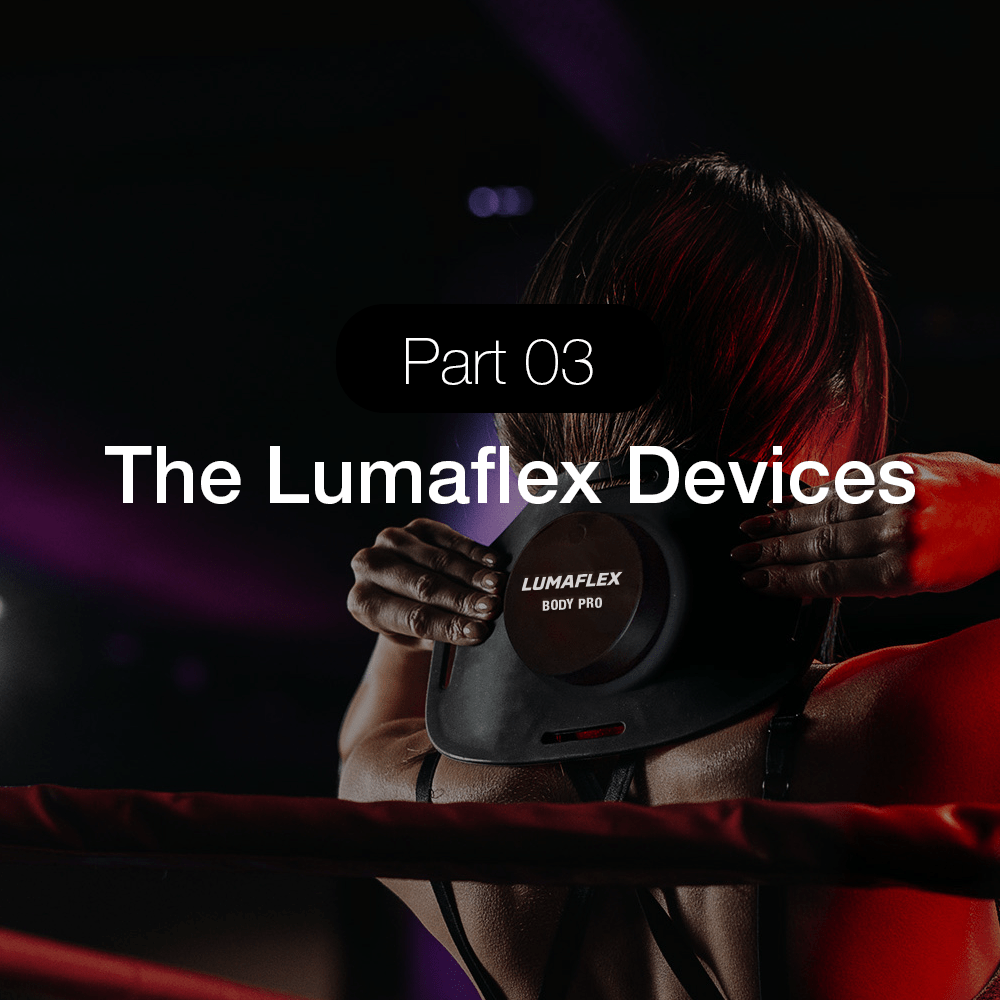At‑Home Remedies to Ease Endometriosis Ovulation Pain

Endometriosis ovulation pain often feels sharper, lasts longer, and is more intense than regular mid-cycle cramps. The good news is that you do not have to rely only on prescription medication for relief. In this guide, you will learn about seven safe and natural remedies supported by research and real experiences. These remedies can help reduce endometriosis ovulation pain at home. They include soothing heat therapy, targeted dietary changes, and the use of red light therapy for gentle and effective support.
Table of contents
Understanding Ovulation Pain (Mittelschmerz) and How Endometriosis Makes It Worse
Mittelschmerz is the German term for the ovulation pain many people feel midway through their menstrual cycle. According to Verywell Health, ovulation pain often appears as cramps or a sharp ache on one side of the lower abdomen, pelvis, or lower back. The side can change each month depending on which ovary releases the egg, but the discomfort usually stays on one side during a single cycle.
For those living with endometriosis, this monthly twinge can feel more like a flare-up. Endometriosis can cause:
Inflammation in the pelvic area
Scar tissue (adhesions) that limits movement
Changes in pelvic anatomy
When ovulation occurs, these already sensitive areas can become even more irritated. As a result, endometriosis ovulation pain is often:
Sharper and more intense
Longer-lasting than typical ovulation pain
Radiating to the back, hips, or thighs
Mild ovulation pain is usually manageable. However, when both mittelschmerz and endometriosis are involved, the discomfort can become more disruptive. If your pain is severe, constant, or affects your ability to go about daily activities, it is important to seek medical advice. Mayo Clinic recommends seeing a healthcare provider if the pain interferes with your normal routine.
Understanding the causes of endometriosis ovulation pain is the first step toward finding lasting relief.
Proven At-Home Remedies to Ease Ovulation Pain
When endometriosis turns ovulation into a painful ordeal, these doctor-approved strategies can help you manage symptoms without a trip to the pharmacy.
Heat Therapy (Heating Pad or Warm Bath)
When endometriosis ovulation pain flares up, heat can be one of the most effective natural remedies. Applying warmth to your lower abdomen helps:
Relax tense pelvic muscles
Reduce cramping
Improve circulation
Promote overall relaxation
Verywell Health and Greatist both list heat therapy as a top self-care strategy for endometriosis. Medical News Today also notes that for some people, heat can work as well as nonsteroidal anti-inflammatory drugs (NSAIDs).
How to use heat therapy:
Apply a plug-in or microwaveable heating pad to your lower abdomen for 15 to 20 minutes at a time.
Take a warm bath to ease tension throughout your body.
Add calming essential oils such as lavender or chamomile to enhance relaxation.
Use heat therapy at the first sign of mid-cycle pain to help relieve ovulation discomfort naturally, without medication.
Anti-Inflammatory Diet and Supplements
Following an anti-inflammatory diet for endometriosis can help reduce inflammation and support hormonal balance, which may ease endometriosis ovulation pain and mid-cycle flare-ups.
A recent JAMA Network Open study found that 66.9% of women who adopted an anti-inflammatory eating plan reported improvements in their endometriosis symptoms.
Foods to include:
Salmon, sardines, and other omega-3-rich fish
Chia seeds and flaxseeds
Leafy greens such as spinach and kale
Berries and other antioxidant-rich fruits
Cruciferous vegetables like broccoli and Brussels sprouts
Foods to limit or avoid:
Red meat
Dairy products
Gluten-containing foods
Ultra-processed snacks and sugary drinks
Keeping a food journal can help you identify which foods improve or worsen your symptoms.
Supplements to consider:
Turmeric (curcumin) for its anti-inflammatory properties
DIM (diindolylmethane) to support hormone balance
Omega-3 fish oil for reducing inflammation
NAC (N-acetyl cysteine) for antioxidant support
Always choose supplements that are third-party tested, such as those with USP or NSF seals, and speak with your doctor before starting any new regimen.
Gentle Movement and Pelvic Massage
When endometriosis ovulation pain flares up, staying still might feel like the safest choice. However, gentle movement can actually bring relief by improving circulation and reducing muscle tension.
Helpful movement options:
Light walking to keep blood flowing
Restorative yoga poses for relaxation
Gentle pelvic stretches to ease tightness
Pelvic massage is another soothing tool. Using light, circular pressure on the lower abdomen may help:
Relieve cramps
Reduce tension
Support mobility by releasing adhesions
A study in the National Library of Medicine supports the benefits of massage for pelvic pain. For added relief, try massaging after a warm bath or while using heat therapy. Consistency is key for best results.
Herbal and DIY Topical Aids
For a more natural approach to endometriosis ovulation pain, some find castor oil packs especially calming. To make one:
Soak a flannel cloth in castor oil.
Place it on your lower abdomen.
Apply gentle heat for 20 to 30 minutes.
This method may help relax pelvic muscles and ease discomfort.
Herbal teas can also provide support on flare-up days. Ginger tea may reduce inflammation, while chamomile tea can ease cramping and calm digestion.
OTC Pain Relief When Needed
Over-the-counter medications can be a useful part of managing endometriosis ovulation pain at home. Nonsteroidal anti-inflammatory drugs (NSAIDs) such as ibuprofen or naproxen may provide short-term relief by:
Reducing inflammation
Easing cramping
Lowering overall pain levels
Tips for safe use:
Take NSAIDs with food to protect your stomach.
Use them only as needed and avoid long-term use without medical guidance.
Follow dosage instructions carefully.
While NSAIDs are not a cure for endometriosis, they can be helpful on days when ovulation pain is especially disruptive.

Light‑Based Therapies: Gentle Support with Red Light Therapy
Red light therapy is gaining attention as a natural, tech-based option for easing endometriosis ovulation pain. Also known as photobiomodulation, this non-invasive treatment uses low-level red or near-infrared light to:
Support cellular repair
Reduce inflammation
Ease muscle and pelvic pain
You may have seen it used for joint and muscle recovery, but it is now making its way into pelvic and menstrual care. Some people using red light therapy for endometriosis report:
Less cramping during ovulation
Reduced bloating
A calmer, more relaxed abdomen
One user shared, “I tried it for the first time last night, and my abdomen definitely feels different, less bloated.” Another noted positive effects after using it for muscle tension while exploring an endometriosis diagnosis.
Early research supports these experiences. A clinical cohort study published in the Journal of Comparative Effectiveness Research found that nearly 60% of women with chronic pelvic pain saw a two-point or greater reduction in pain after nine LED sessions.
Tips for trying red light therapy at home:
Choose FDA-cleared or pet-safe devices, such as wraparound belts or light panels.
Use consistently for best results.
Combine with other at-home remedies for a holistic approach.
While red light therapy is not a cure, it may offer gentle yet effective support as part of your endometriosis care routine.

Lifestyle Adjustments to Help Prevent or Reduce Ovulation Pain
Managing endometriosis ovulation pain is not just about finding relief in the moment. Building daily habits that support your overall health can help reduce the frequency and intensity of ovulation discomfort over time.
Prioritize Quality Sleep
Adequate rest helps balance hormones and lower inflammation, both of which are essential for managing pain. Aim for consistent bedtimes, limit screen use before sleep, and create a calming bedtime routine.
Manage Stress Levels
Stress can worsen pelvic pain and hormonal imbalance. Incorporate stress-reducing habits such as:
Meditation or breathwork exercises
Short breaks with calming music
Journaling or mindfulness practices
Stay Active with Gentle Movement
According to the American Heart Association, 150 minutes of moderate activity per week can improve circulation, support hormone balance, and reduce pelvic discomfort. Examples include:
Easy walks
Beginner-friendly yoga
Light stretching routines
Track Your Personal Patterns
Keeping a journal can help you identify what makes a difference for your symptoms. Track:
What you eat, how you move, and how you feel during ovulation
Pain flare-ups or emotional triggers
Routines that made your next cycle easier or harder
The goal is not perfection but creating patterns that work with your body rather than against it.

When to Seek Medical Intervention
Some cramping around ovulation is normal. However, if the pain is becoming stronger, lasting longer, or interfering with your daily routine, it is time to talk to your doctor.
Endometriosis ovulation pain is not the same as regular menstrual cramps. When it lingers or worsens, it may require more than home remedies. Medical treatment for endometriosis can address both symptom relief and the underlying cause.
Possible medical options include:
Hormonal birth control to suppress ovulation
GnRH agonists to regulate hormone levels
Stronger prescription pain relievers or targeted therapies
Minimally invasive surgery to remove endometrial tissue or adhesions
When ovulation pain overlaps with endometriosis, it can indicate deeper tissue growth rather than surface-level inflammation. Addressing this with the right medical care can help you manage pain more effectively and improve quality of life.
If your usual at-home strategies are no longer working, do not wait it out. Seeking expert help can make a significant difference in both short-term comfort and long-term health.
Frequently Asked Questions About Endometriosis Ovulation Pain
Is ovulation pain normal with endometriosis?
Some mid-cycle cramping, known as mittelschmerz, is a normal occurrence. However, if you experience severe or recurring pain every month, especially alongside other endometriosis symptoms. It may signal something more serious. Endometriosis often makes ovulation pain sharper and longer-lasting. If the discomfort is interfering with your daily life, it is worth talking to your doctor.
Can diet changes really ease ovulation pain?
Yes. Many people find that an anti-inflammatory diet can help reduce endometriosis ovulation pain . Foods rich in omega-3 fatty acids, antioxidants, and fiber may lower inflammation and help balance estrogen levels. Because everyone responds differently, keeping a food and symptom journal can help you identify the diet changes that work best for your body.
Is red light therapy safe to use at home for pelvic pain?
Generally, yes—if you are using an FDA-cleared LED device and following the manufacturer’s instructions. While research on red light therapy for pelvic pain is still growing, many people report reduced discomfort with consistent use. Always check with your healthcare provider before starting, especially if you have other health conditions or are trying red light therapy for the first time.
Does endometriosis hurt more when ovulating?
For many, yes. Ovulation can trigger inflammation and irritation in the pelvic area, especially when endometriosis lesions or adhesions are present. This often makes mid-cycle discomfort more intense compared to those without the condition.
Can I live a long life with endometriosis?
Yes. Endometriosis is not life-threatening, and many people live full, healthy lives with the condition. While it can affect fertility and quality of life, effective symptom management—through lifestyle changes, medical care, and supportive therapies—can help maintain long-term health and well-being.
Why do I have pain during ovulation?
Pain during ovulation can be caused by the release of an egg from the ovary, which may irritate surrounding tissue. In people with endometriosis, scar tissue, inflammation, and pelvic sensitivity can make this pain more severe.
What are the warning signs of endometriosis?
Common signs include:
Severe menstrual cramps that interfere with daily activities
Chronic pelvic pain
Pain during ovulation, sex, urination, or bowel movements
Heavy menstrual bleeding or irregular cycles
Difficulty getting pregnant
If you notice these symptoms, consult a healthcare provider for evaluation and diagnosis.
Final Thoughts: Building a Self-Care Strategy That Works for You
You can relieve endometriosis ovulation pain naturally by listening to your body and choosing remedies that fit your lifestyle. Heat therapy, an anti-inflammatory diet, gentle movement, and red light therapy can all be part of a supportive self-care routine.
The key is consistency and personalization. Track what works for you, adjust as needed, and combine at-home strategies with guidance from a healthcare provider. This approach can help you manage symptoms more effectively and set the stage for lasting relief.
Want to learn more? Explore how red light therapy works and how it may help with endometriosis ovulation pain so you can decide if it is the right addition to your self-care plan.
Related Readings
- Red Light Therapy for Pain: For Menstrual Discomfort Relief
- Red Light Therapy Time: A Guide for Abdominal Cramping After Exercise
- Near-Infrared Light for Anti-Primary Dysmenorrhea
- Pulsed Red Light Therapy for Menstrual Cramps
- Estrogen and Hair Loss: Red Light Therapy for Scalp Revival
- When Should You Use Red Light Therapy for Menstrual Pain?
- Red & Infrared 630nm LED PBM for Subcutaneous Fat in Obese Individuals
- Red Light Therapy for Pain 101: Benefits and How It Works
- Red Light Therapy for Migraines: Natural Relief for Fewer Migraine Days
- Red Light Therapy 101: Everything You Need to Know





